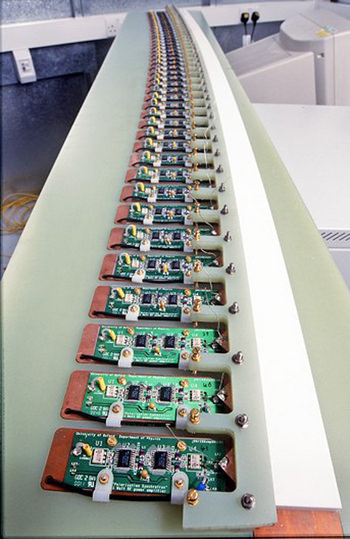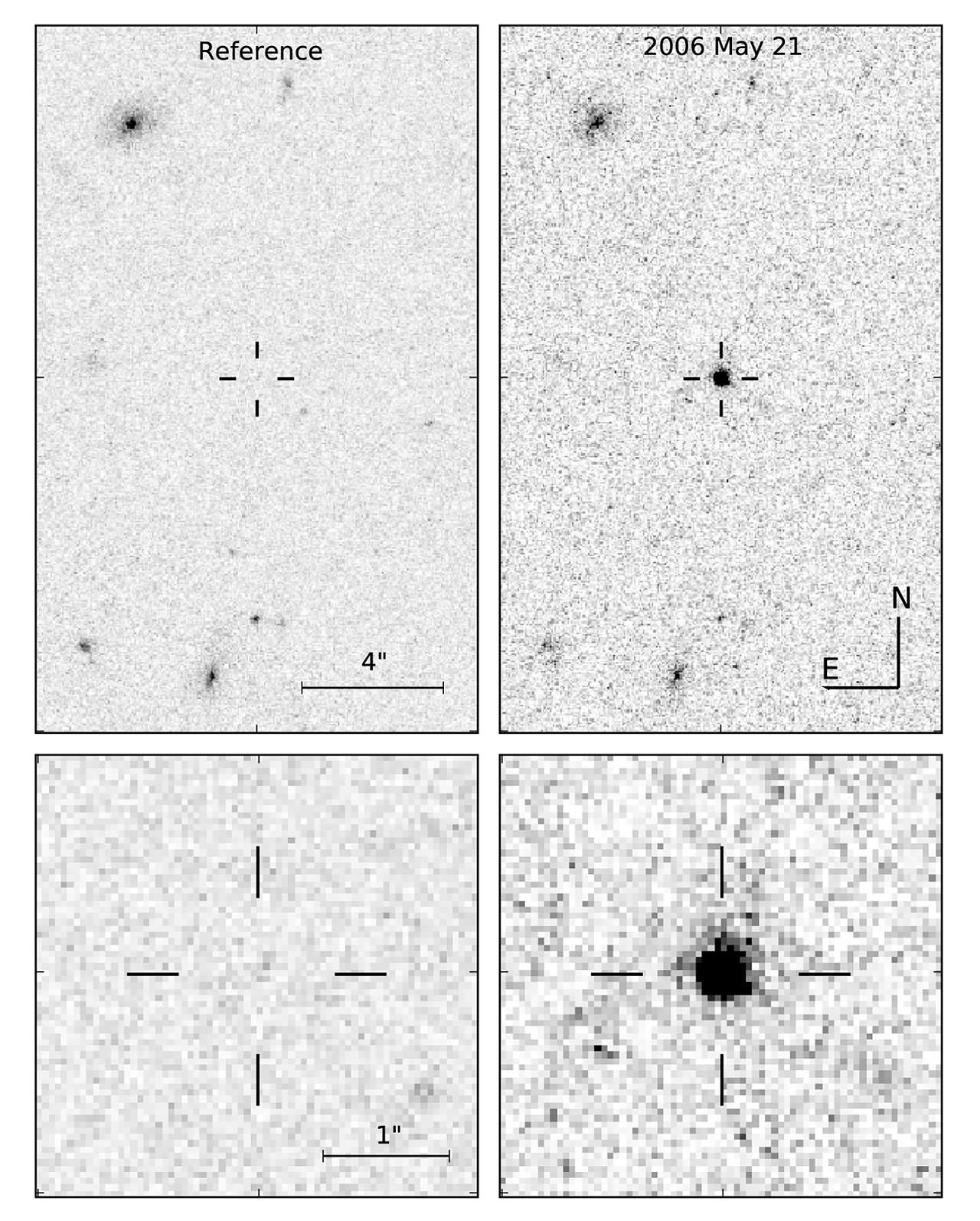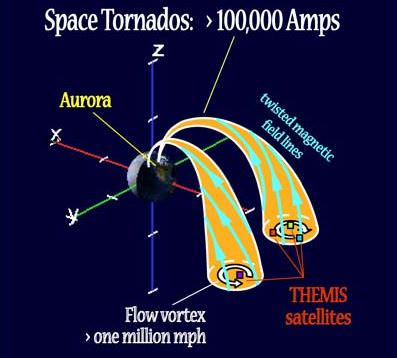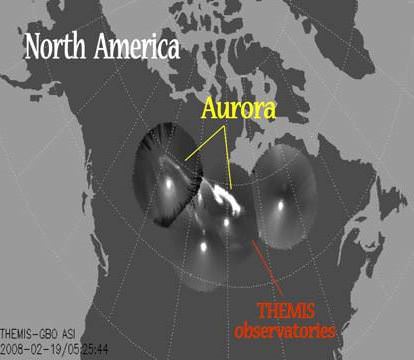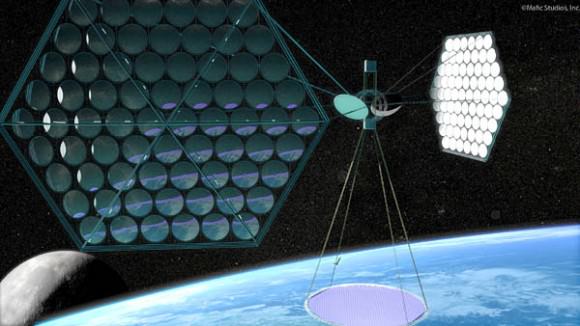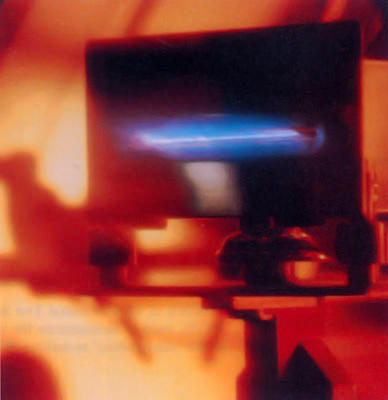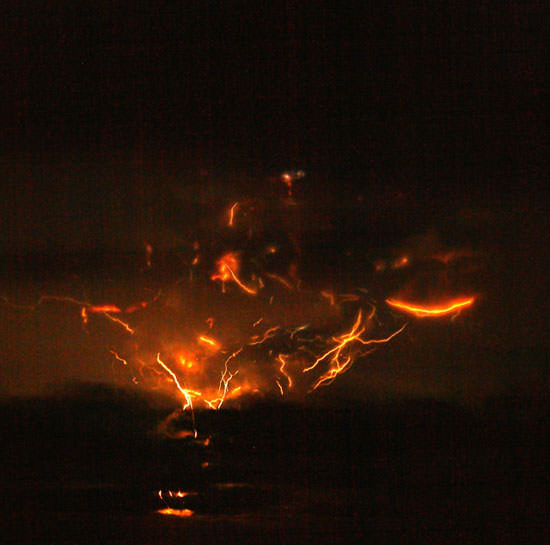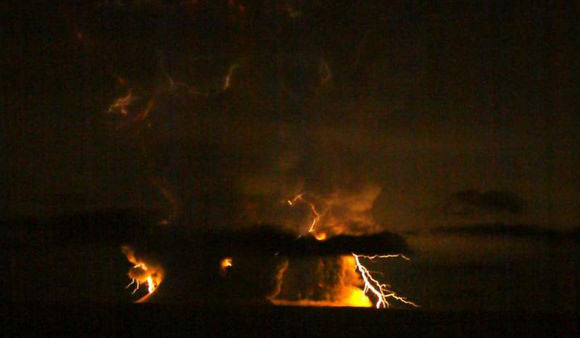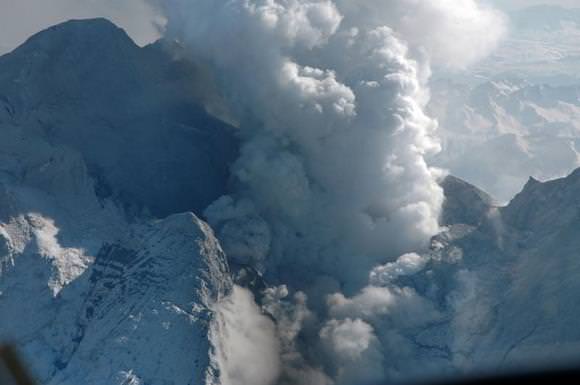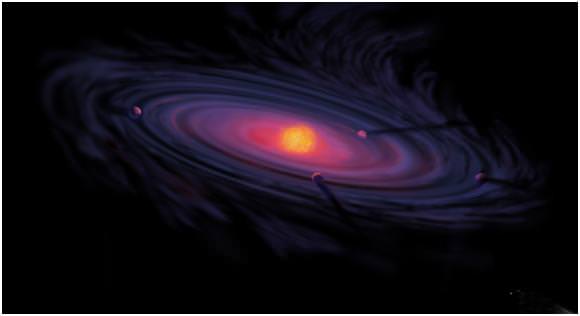[/caption]
Researchers have discovered a link between the 11-year solar cycle and tropical Pacific weather patterns that resemble La Niña and El Niño events.
When it comes to influencing Earth’s climate, the Sun’s variability pales in recent decades compared to greehouse gases — but the new research shows it still plays a distinguishable part.
The total energy reaching Earth from the sun varies by only 0.1 percent across the solar cycle. Scientists have sought for decades to link these ups and downs to natural weather and climate variations and distinguish their subtle effects from the larger pattern of human-caused global warming.
Co-authors Gerald Meehl and Julie Arblaster, both affiliated with the National Center for Atmospheric Research in Boulder, Colorado, analyzed computer models of global climate and more than a century of ocean temperature records. Arblaster is also affiliated with the Australian Bureau of Meteorology.
In the new paper and a previous one with additional colleagues, the researchers have been able to show that, as the sun’s output reaches a peak, the small amount of extra sunshine over several years causes a slight increase in local atmospheric heating, especially across parts of the tropical and subtropical Pacific where Sun-blocking clouds are normally scarce.
That small amount of extra heat leads to more evaporation, producing extra water vapor. In turn, the moisture is carried by trade winds to the normally rainy areas of the western tropical Pacific, fueling heavier rains.
As this climatic loop intensifies, the trade winds strengthen. That keeps the eastern Pacific even cooler and drier than usual, producing La Niña-like conditions.
“We have fleshed out the effects of a new mechanism to understand what happens in the tropical Pacific when there is a maximum of solar activity,” Meehl said. “When the sun’s output peaks, it has far-ranging and often subtle impacts on tropical precipitation and on weather systems around much of the world.”
The result of this chain of events is similar to a La Niña event, although the cooling of about 1-2 degrees Fahrenheit is focused further east and is only about half as strong as for a typical La Niña.
True La Niña and El Nino events are associated with changes in the temperatures of surface waters of the eastern Pacific Ocean. They can affect weather patterns worldwide.
Although the Pacific pattern in the new paper is produced by the solar maximum, the authors found that its switch to an El Niño-like state is likely triggered by the same kind of processes that normally lead from La Niña to El Niño.
The transition starts when the changes of the strength of the trade winds produce slow-moving off-equatorial pulses known as Rossby waves in the upper ocean, which take about a year to travel back west across the Pacific.
The energy then reflects from the western boundary of the tropical Pacific and ricochets eastward along the equator, deepening the upper layer of water and warming the ocean surface.
As a result, the Pacific experiences an El Niño-like event about two years after solar maximum — also about half as strong as a true El Niño. The event settles down after about a year, and the system returns to a neutral state.
“El Niño and La Niña seem to have their own separate mechanisms,” Meehl said, “but the solar maximum can come along and tilt the probabilities toward a weak La Niña. If the system was heading toward a La Niña anyway,” he adds, “it would presumably be a larger one.”
The study authors say the new research may pave the way toward predictions of temperature and precipitation patterns at certain times during the approximately 11-year solar cycle.
In an email, Meehl noted that previous work by his team and other research groups has shown that “most of the warming trend in the first half of the 20th Century was due to an increasing trend of solar output, while most of the warming trend in the last half of the 20th Century and ever since has been due to ever-increasing GHG (greenhouse gas) concentrations in the atmosphere from the burning of fossil fuels.”
The new paper appears this month in the Journal of Climate, a publication of the American Meteorological Society. (Sorry, it’s not yet available online.)
Source: Eurekalert




